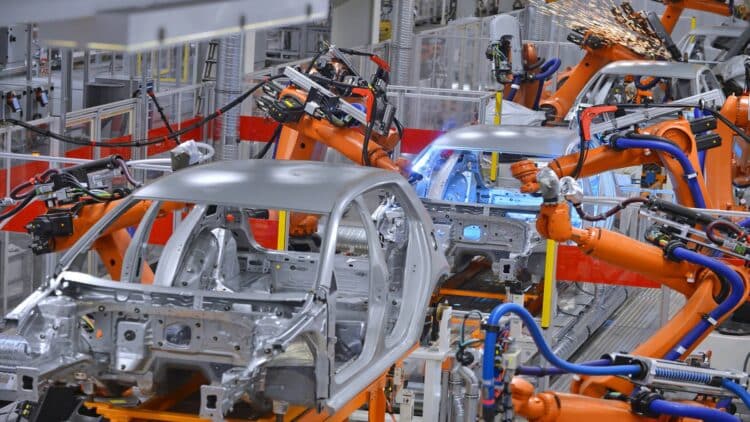The Japanese government has announced model calculation methods in key industrial sectors in what it terms the Green Transformation Emissions Trading Scheme, which is rather novel in nature. The Ministry of Economy, Trade, and Industry has concluded key meetings to determine carbon allotments in the glass production industry and the automobile industry. Such calculation methods are rather crucial in helping Japan meet its ambitious plan to go green while preserving competitiveness in key sectors of manufacturing in Japan.
The GX-ETS framework sets fuel-related power station targets
The Japanese government has proposed a new fuel-related benchmark for the allocation of carbon allowance in power plants under the GX ETS scheme. The new system would Group power plants based on fuel sources: coal-fired, natural gas/city gas, and oil/other plants to set free allowance on greenhouse gas emissions in the new carbon market opening in April 2026. The new scheme would calculate free allowances based on average power output over the next three fiscal years until 2025/26 and multiply them by related carbon intensity factors.
Also, Tokyo has proposed to apply only the fuel-type benchmark on the basis of free allowances until it adopts auction methods from 2033 to 34. The government has planned to limit the usage of fuel type benchmarks from 2029 to 30 and adopt the weighted average thermal power emissions benchmarks in place of them pari passu.
Coal power plants enjoy preferential treatment under new regulations
The proposed policy gives great relaxation to the operators of coal-fired power plants, who would be allotted higher free allowances than the LNG-fired power plants. This fits well with the demands made by the Federation of Electric Power Companies of Japan, which suggested that tight carbon intensity targets would lead to higher prices and dampen maintenance investments in the power sector.
Glass and automobile sectors await detailed benchmark specifications
Despite the general guidelines being proposed in the power industry, the processes involved in glass production and car manufacturing are still being considered in terms of proposed methods to apply in benchmarking these sectors. The last round of consultations by the Japanese government on the relevant methods to apply in these sectors concluded this week. These sectors tend to pose special challenges in terms of controlling greenhouse gas emissions.
The process of benchmark development takes into consideration various aspects, such as production efficiency, technological viability, and issues related to global competitiveness. The glass production processes involve high-temperature processing, which has different challenges in terms of decarbonization in comparison to other industry sectors. The car manufacturing industry involves different production processes, right from steel production to car assembly.
Glass and automotive manufacturing companies are getting ready for even tighter greenhouse gas measurement and disclosure requirements within the GX-ETS structure. Readiness involves the installation of sophisticated measurement technology, employee retraining in new compliance processes, and in-house greenhouse gas management plan formulation in accordance with governmental standards.
Implementation timeline accelerates toward 2026 launch date
Japan’s GX-ETS has an implementation plan that preserves the aggressive timeline even with the complexities involved in the process of benchmark development in various sectors of industry. The compliance carbon market is scheduled to commence operation in the fiscal year 2026-27, with initial allocation methods already being developed for power plants.
Important implementation milestones:
- April 2026: The GX-ETS compliance market opens
- 2029-30: Start of reduction in fuel-based norms
- 2033-34: Implementation of the auction process in the power industry
- Ongoing: Finalization of the industrial sector benchmark
The well-rounded approach of Japan to the development of the Emissions Trading System speaks to reaching net zero while preserving competitiveness in industry. The fuel-based baseline approach to the power sector can offer a good base for inclusion within industry while ensuring that there is sufficient electricity to supply in transition, while encouraging the transition to net zero in the long term.


